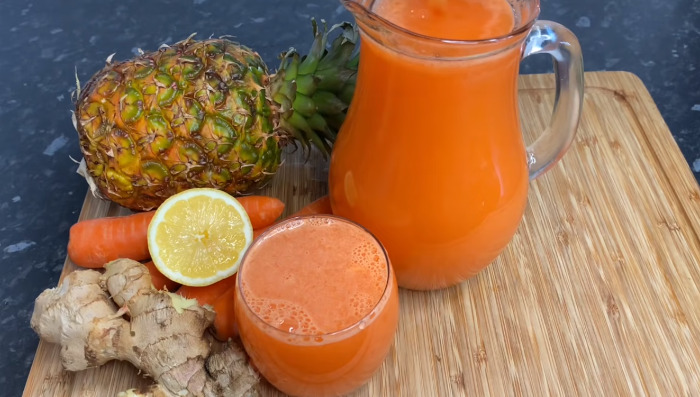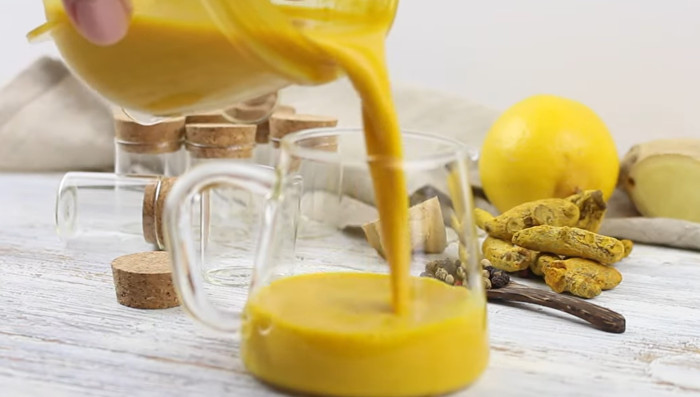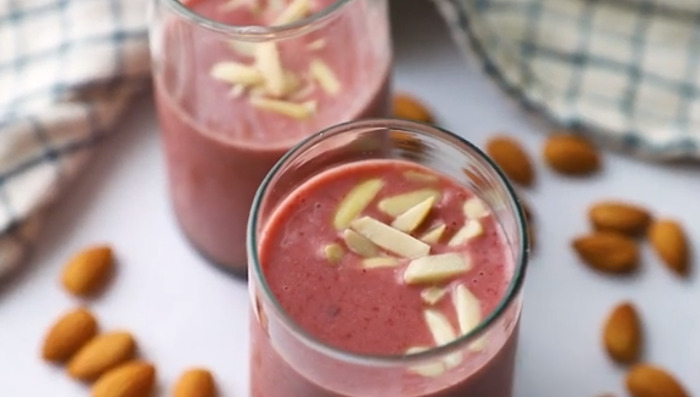What Are Allergies?
Allergies strike when your immune system overreacts to normally harmless substances, known as allergens, like pollen or pet dander. This overreaction can manifest as sneezing, itchy eyes, or a runny nose, which are your body’s ways of trying to expel these perceived threats. Interestingly, certain foods and juices have properties that can alleviate these pesky symptoms. For instance, the enzyme bromelain in pineapple aids digestion and blocks diarrhea, while also dissolving warts and relieving cold symptoms. Meanwhile, the quercetin in apples, a natural antihistamine, resides mainly in the peel, offering another layer of defense against allergic reactions. Engaging in a regimen that includes such nutrient-dense foods can be a game-changer in managing your allergy symptoms, providing a natural approach to relief. Remember, it’s not just about avoiding allergens but also about fortifying your body from within, turning to nature’s bounty for support and relief.
Equipment used for creating allergy relief juice!
Following are the equipments used for making allergy relief juice:
- Juicer: A pivotal tool, extracting vital nutrients from fruits and vegetables like apples, which contain quercetin in their peels, a natural antihistamine.

- Blender: Essential for creating smooth, nutrient-dense blends, ensuring you harness the full benefits of ingredients like pineapple, rich in bromelain, aiding digestion and providing other health benefits.
- Strainer: To ensure your juice is smooth and pulp-free, providing a clear, refreshing drink that allows you to absorb nutrients efficiently.
- Fresh Produce: Selecting high-quality fruits and vegetables, such as oranges and carrots, which are packed with immune-boosting vitamin C and beta-carotene respectively, is crucial.
- Storage Containers: Utilizing glass or BPA-free containers to store any leftover juice, ensuring that the nutrient content is preserved and remains fresh.
- Peeler: To carefully remove the outer layers of fruits like apples, ensuring that the quercetin-rich peels are utilized effectively in your juice.
- Cutting Board and Knife: To chop your produce into manageable pieces, ensuring efficient juicing and nutrient preservation.
- Recipe Book: Keeping a handy guide for quick reference to ensure each juice blend maximizes the potential of each ingredient, like celery, known to flush out liver toxins, for optimal allergy relief.
- Cleaning Brushes: To maintain your equipment, ensuring longevity and that no residue from previous juicing sessions contaminates your fresh, allergy-relieving blends.
- Reusable Straws and Cups: To enjoy your juice in an eco-friendly manner, ensuring you can have your relief on the go without compromising on environmental values.
4 Best recipes for allergy relief juices!
1.ABC Juice (Apple + Beet + Carrot)recipe:
Follow this recipe for creating anti allergy ABC juice:
Ingredients:
- Apples: 2 medium-sized, ensuring a generous dose of quercetin, a natural antihistamine found in the peel.
- Beetroots: 1 medium-sized, providing antioxidants and supporting liver function, crucial for detoxification and allergy relief.
- Carrots: 2 medium-sized, offering a rich source of beta-carotene, which supports the immune system and provides anti-inflammatory benefits.
- Water: 1 cup, to facilitate easier blending and a smoother juice consistency.
- Lemon: ½, to add a zesty flavor and additional vitamin C, supporting immune function and acting as a natural antihistamine.
- Ginger: A 1-inch piece, known to lower inflammation and provide a spicy kick to the juice.
- Honey: 1 tablespoon, not only for sweetness but also for its anti-inflammatory and antimicrobial properties.
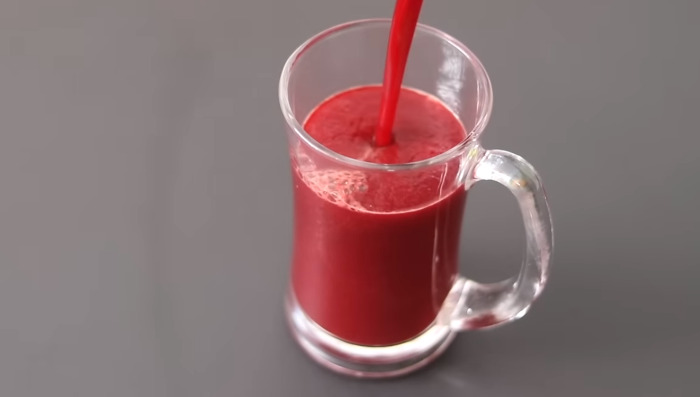
Instructions:
- Prepare Ingredients: Wash all produce thoroughly. Peel the beetroot, ginger, and if preferred, apples and carrots. Ensure to keep the apple peels if you want to maximize quercetin intake.
- Chop: Cut all the ingredients into sizes that your juicer can handle.
- Juice: Pass all the ingredients through your juicer, starting with the softer fruits (apples) and finishing with the harder ones (carrots and beetroot).
- Mix: Stir in the honey and lemon juice after juicing the other ingredients, ensuring an even, sweet, and tangy flavor.
- Serve: Pour into a glass and enjoy immediately, or store in a sealed container in the fridge for up to 24 hours to maintain freshness and nutrient content.
- Clean: Ensure to clean your juicer immediately to prevent staining from the beetroot and to maintain its functionality.
2. Parsley, Cucumber, Green Apple, and Mint Juice
Here is the complete recipe of Parsley, Cucumber, Green Apple, and Mint Juice allergy relief:
Ingredients
- Parsley: 1 cup, chosen for its potent flavonoids, luteolin, and kaempferol, which bolster immune function.
- Cucumber: 1 whole, utilized for its refreshing and hydrating properties, and to cool and nourish adrenal glands and kidneys during allergy seasons.
- Green Apple: 1 whole, providing a crisp sweetness and additional quercetin, beneficial for its antihistamine properties.
- Mint: A handful (approximately 10 leaves), selected for its menthol and rosmarinic acid, acting as a decongestant and halting allergic responses.
- Water: 1 cup, to aid in blending and achieving a smoother juice consistency.
- Lemon: ½, for a citrusy punch and an extra dose of vitamin C, which is vital for immune system support.
- Honey: 1 tablespoon, to add a touch of sweetness and leverage its anti-inflammatory and antimicrobial characteristics.
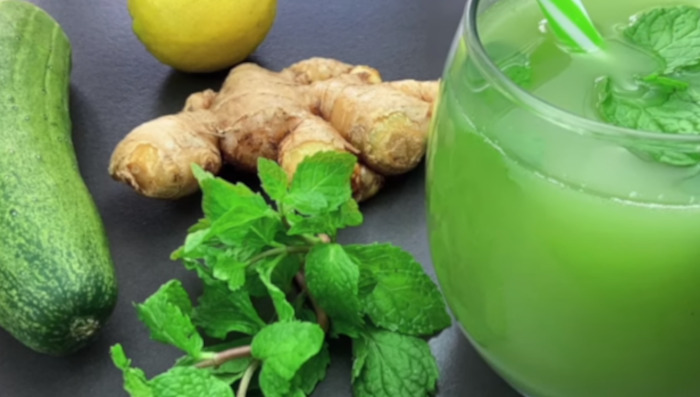
Instructions:
- Preparation: Ensure all ingredients are washed thoroughly. If desired, peel the apple and cucumber.
- Chopping: Cut all items into manageable pieces suitable for your juicer.
- Juicing: Feed the ingredients through your juicer, starting with the softer items (like apples) and concluding with the harder ones (such as cucumber).
- Blend: Add honey and lemon juice after the initial juicing, stirring thoroughly to ensure a balanced, sweet, and citrusy flavor.
- Serve: Pour into a glass to enjoy immediately, or store in a sealed container in the fridge for up to a day to preserve freshness and nutrient content.
- Clean: Promptly clean your juicer to prevent any staining or lingering smells from the ingredients.
3.Citrus Fire
Follow this citrus fire juice recipe to combat allergy:
Ingredients
- Oranges: 2 medium-sized, peeled, celebrated for their rich vitamin C content, supporting immune function and acting as a natural antihistamine.
- Lime: 1 whole, peeled, to add a zesty kick and additional vitamin C to further bolster the immune system.
- Ginger: 1-inch piece, recognized for its ability to lower the production of certain inflammatory cytokines, thereby potentially alleviating allergic rhinitis symptoms.
- Carrot: 1 large, to infuse the juice with beta-carotene, aiding in reducing inflammation and enhancing respiratory health.
- Turmeric: ½ teaspoon, appreciated for its curcumin content, a potent antioxidant and anti-inflammatory agent.
- Cayenne Pepper: A pinch, to add a fiery note and benefit from its capsaicin, which can help reduce allergy symptoms.
- Honey: 1 tablespoon, for a touch of sweetness and to utilize its anti-inflammatory and antimicrobial properties.
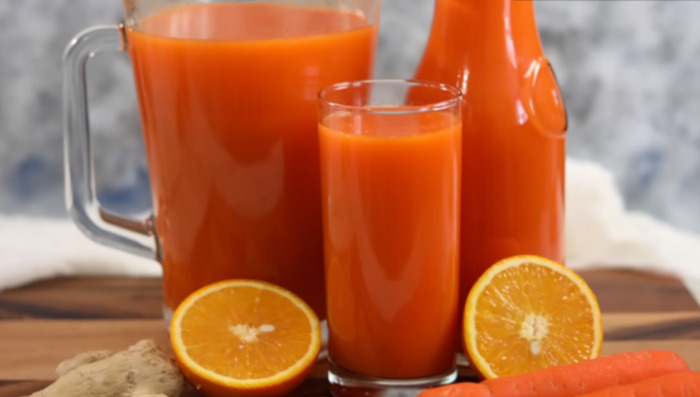
Instructions:
- Prepare Ingredients: Ensure all items are thoroughly washed. Peel the oranges, lime, and ginger, and cut them into pieces that your juicer can handle.
- Juicing: Begin juicing with the softer items (oranges and lime), followed by ginger and carrot.
- Add Spices: After juicing, stir in the turmeric and cayenne pepper, ensuring they are well-distributed throughout the juice.
- Sweeten: Add honey, stirring until it is fully dissolved into the juice.
- Serve: Enjoy the juice immediately for the freshest taste and maximum nutrient retention, or store in a sealed container in the refrigerator for up to 24 hours.
- Clean Up: Ensure your juicer is cleaned promptly to avoid any staining or lingering scents from the ingredients.
4.Classic Ginger Shot
Her is the complete recipe of Classic Ginger Shot for allergy relief:
Ingredients:
- Ginger: 2-inch piece, renowned for its capacity to lower inflammatory cytokines and potentially mitigate allergic rhinitis symptoms like congestion and sneezing.
- Lemon: ½, peeled, to infuse the shot with a sour note and vitamin C, which can help reduce histamine production.
- Apple: ½, as a sweet counterbalance to the spicy ginger and sour lemon, also offering a dose of quercetin, a natural antihistamine.
- Honey: 1 teaspoon, not only for sweetness but also to leverage its propolis content, which has been utilized for centuries to support health and immune function.
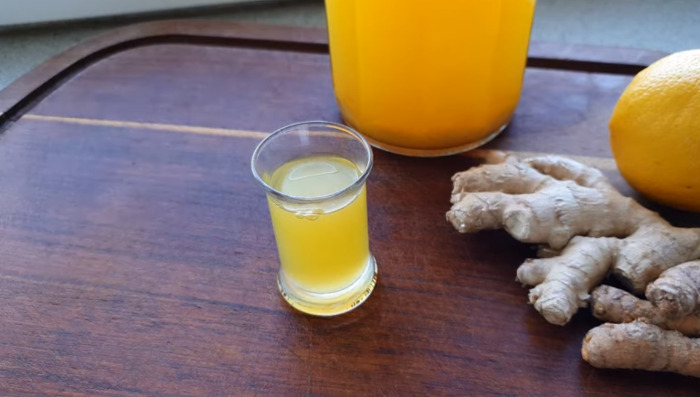
Instructions:
- Preparation: Ensure all ingredients are thoroughly washed. Peel the ginger and lemon, and cut them along with the apple into juicer-friendly pieces.
- Juicing: Start with the ginger, followed by the lemon and apple to ensure all the ginger essence is fully extracted.
- Sweeten: Add honey, stirring until it is fully dissolved into the shot.
- Serve: For optimal benefits and freshness, consume the ginger shot immediately after preparation.
- Clean: Promptly clean the juicer to prevent any lingering aromas or potential staining from the ingredients.
Health benefits of juicing for allergies:
Juicing for allergies not only provides a flavorful experience but also amalgamates various ingredients, each bringing its unique health benefits to the table, especially during allergy seasons:
- Vitamin C Powerhouse: Citrus fruits like oranges and lemons are laden with vitamin C, a natural antihistamine, reducing histamine production and thereby alleviating symptoms like runny noses and congestion.
- Anti-Inflammatory Properties: Ingredients like ginger and pineapple, containing gingerol and bromelain respectively, offer anti-inflammatory benefits, potentially easing allergy symptoms such as swelling and irritation.
- Rich in Quercetin: Apples, a key ingredient in various juice recipes, are a source of quercetin, a natural antihistamine that can help mitigate allergy symptoms like sneezing and itchiness.
- Beta-Carotene Boost: Carrots, with their rich beta-carotene content, not only enhance respiratory health but also assist in reducing inflammation, providing relief during allergy seasons.
- Detoxification: Beets, known for their antioxidant properties, support liver function, playing a crucial role in detoxification and allergy relief.
- Hydration: Cucumber juice, being a potent hydrating agent, nourishes and cools down adrenal glands and kidneys, especially vital during allergy seasons.
- Immune System Support: Ingredients like kiwi and tomato bolster the immune system with their high vitamin C and E content, providing an additional shield during allergy-prone periods.
- Respiratory Relief: Carrot juice, known for clearing heat and irritation from the respiratory tract, aids in providing a soothing effect during allergic reactions.
- Enzyme-Rich: Pineapple juice, enriched with bromelain, can alleviate allergy symptoms by reducing inflammation and congestion.
- Antioxidant-Rich: Beet juice, laden with antioxidants, aids in reducing inflammation and supporting liver function, pivotal for detoxification and allergy relief.
What causes allergies?
- Immune System Response: Allergies occur when the immune system reacts to a foreign substance, such as pollen or pet dander, treating it as a threat and triggering a response.
- Genetic Factors: A predisposition to allergies can be inherited. If a parent has allergies, their children are more likely to develop them.
- Environmental Exposure: Regular exposure to certain allergens, like mold or dust mites, especially during early childhood, can elevate the risk of developing allergies.
- Seasonal Changes: The prevalence of pollen during specific seasons, like spring or fall, can trigger seasonal allergies, causing symptoms like sneezing and a runny nose.
- Food Intake: Certain foods can cause allergic reactions,
- with common culprits being peanuts, shellfish, and dairy products, leading to symptoms ranging from mild (rashes) to severe (anaphylaxis).
- Insect Stings: Stings from insects like bees or wasps can induce allergic reactions in some individuals,
Conclusion:
In wrapping up, allergies, while common, can be managed effectively with the right knowledge and approach. From understanding their root causes to knowing the best juices that alleviate symptoms, we’ve delved deep into the world of natural remedies. Freshly made juices, packed with vitamin C, quercetin, and other anti-allergy nutrients, offer a refreshing and healthful way to combat allergic reactions. However, it’s equally crucial to be aware of what not to consume during allergy season. Armed with this knowledge, you’re better equipped to navigate the challenges of allergies. Remember, while these natural remedies can be beneficial, always consult with a healthcare professional for personalized advice. Stay informed, stay healthy, and here’s to a sneeze-free season!
FAQs:
What fruit is a natural antihistamine?
Apples stand out as a notable fruit that acts as a natural antihistamine. Rich in quercetin, a flavonoid recognized for its anti-allergic properties, apples can mitigate symptoms like sneezing and congestion by stabilizing mast cells, which release histamine during allergic reactions. Including apples in your diet or juice recipes can be a strategic approach to managing allergies naturally. However, it’s vital to note that while apples can be beneficial, they are not a substitute for professional medical advice or treatment. Always prioritize a balanced approach to health and wellness.
What not to drink with allergies?
Navigating through the allergy season requires not only knowing what to consume but also what to avoid. Be cautious with beverages that can exacerbate your symptoms. Alcoholic drinks, especially beer and wine, contain histamines and sulfites, which might amplify your allergic reactions. Also, certain fruit juices, like orange or tomato juice, might be high in natural histamines, potentially triggering symptoms in sensitive individuals. Opting for fresh, homemade juices with known ingredients and avoiding pre-packaged ones with added sugars and preservatives can be a mindful approach to managing allergies effectively.
Related Read: How To Make Juices For Sinus Infection?


